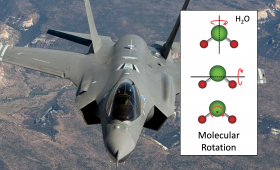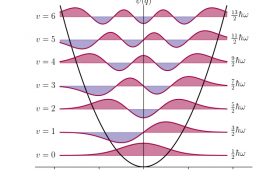The sensors that are part of almost every mobile phone provide a great opportunity to improve students’ experiences with physics. Making measurements with high-quality sensors enables them to engage in science and engineering practices as they learn core disciplinary ideas.
Physics with Phones is a series of presentations outlining a wide range of experiments that are well-aligned with the Next Generation Science Standards. These were being developed for the classroom, but many can be done by students in their own homes. Some have been successfully piloted in high school physics classes. Click on the titles below to download the presentations.
Interested in having an LLNL scientist lead a virtual Physics with Phones activity in your classroom?














